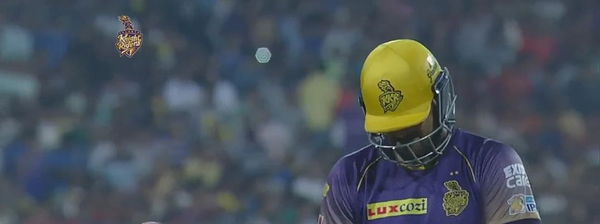


ADVERTISEMENT
Article continues below this ad
The IPL is a long tournament where eight teams fiercely battle out each other in 60 matches for the coveted title. The big league is spread over 47 days across at least 10 different venues. The format of the league stage is such that each team plays the other one twice, once in their home territory and once away. While such a format of two games against each team in different conditions seems fair, is it really supporting the players and the teams cause? Or is it killing the IPL?
Looking at it the league stage format has its pros and cons. While playing twice against the same opposition gives the teams a chance to be wiser, to improve upon their previous performances and in case they lost the game, they have a chance to make up for it performing better. Playing on different grounds in different conditions also ensure that the matches are held in conditions where strengths of both teams are supported. Add onto this the advantage of playing in front of a morale boosting home crowd!
While it doesn’t always happen that the losing team from one match recovers in the next, but hey they are given a fair chance and there are other factors which matter as well! The players too are at an advantage; they can improve upon their performances and even take them a notch higher. Players can not only identify the reason of their struggle against a particular opposition but also of key players on the opposite side, thus strategising choking them in the next meet. The analytic team and the team think-tank too can work it out; identify right combinations in the strategic break.
But this is just one side of the coin. In reality the meal isn’t as sweet as it looks to be, why do I say so? Let us peep into ‘behind the scenes’. Playing seven other teams in 14 matches across 40 days at different venues means the players have to continuously travel after each match, reach new grounds and adapt. While this is easier said, considering that the breaks between two consecutive matches are not very generous, it adds on to fatigue. The players don’t get to rest beyond one or two 4 day breaks in the entire tournament.
ADVERTISEMENT
Article continues below this ad
Adding to their woes are sponsorship commitments, promotional activities, commercial shoots and public interaction. And we must also keep in mind that most of the international players are coming back from a tight international schedule and would resume the same as soon as the tournament ends.
Consider Steven Smith who had been in India for over a month, for the Border-Gavaskar trophy, with the IPL happening right after it the Australians stay was extended by another month and a half. While Smith was lucky to sneak in a small break and fly off to Dubai the players from England were surely not, coming back after a test series, joining their IPL franchise performing, travelling and getting involved in maniacal activities, and leaving mid way only to join their national side for an immediate series and then the CT 2017. The conditions of the domestic players aren’t very different either
While one would argue, that it is their profession and they earn big money in the IPL, some even more than their national contracts in just two months and it’s a big stage for them. Yes these points are agreeable, but we need to understand that players are humans too and that they can only perform consistently for a limited period. Travelling and continuous games only adds to fatigue and weakening of their systems. In the past 3 years with gruelling international schedule, how many players had to back out from the IPL due to injury? How many times did we hear that players are backing out due to ‘personal reasons’? And it’s no surprise that while many players peak towards the end of the tournament, there is a good number who loses form, and performance appetite.
ADVERTISEMENT
Article continues below this ad
While most of them are sturdy enough mentally to not to be pressured or stressed with the schedule, what about home sickness? There can be no solution for that, and who will consider the frustration of warming the bench for an entire season, since the teams have almost double the players than required and only few are experimented with.
While the format has its own perks and allows a room for improvement, a longer tournament means fatigue, injury and other physical and mental problems faced by players, so what do you think? Is it time IPL looks out for a change?
ADVERTISEMENT
ADVERTISEMENT
ADVERTISEMENT
ADVERTISEMENT

